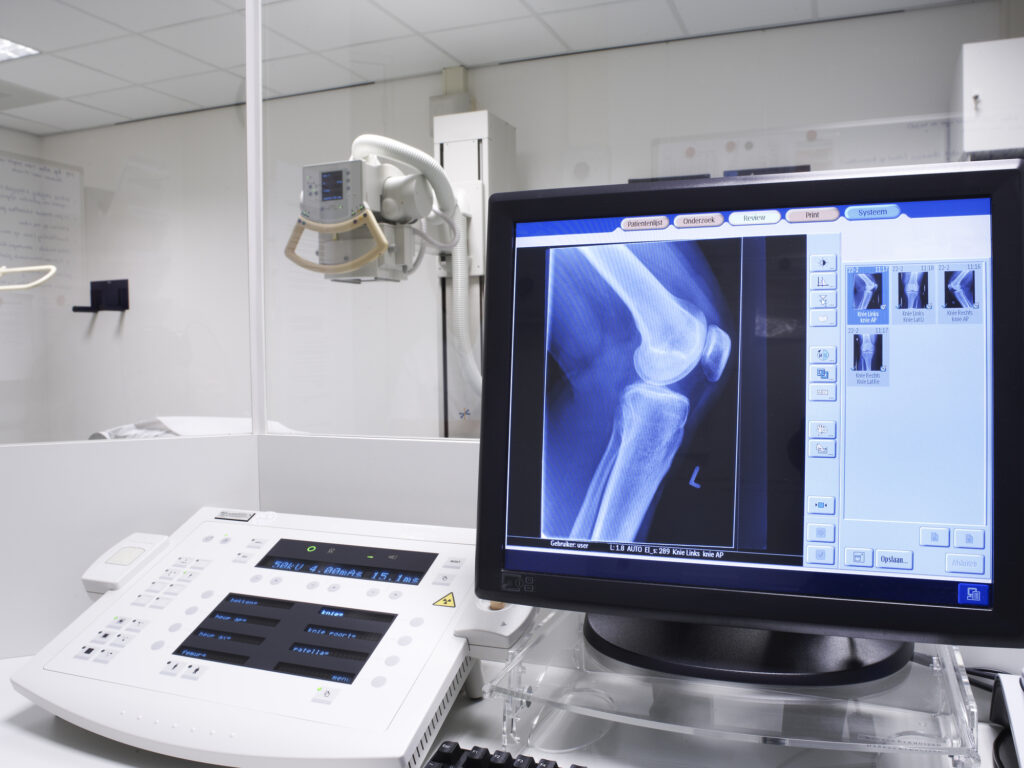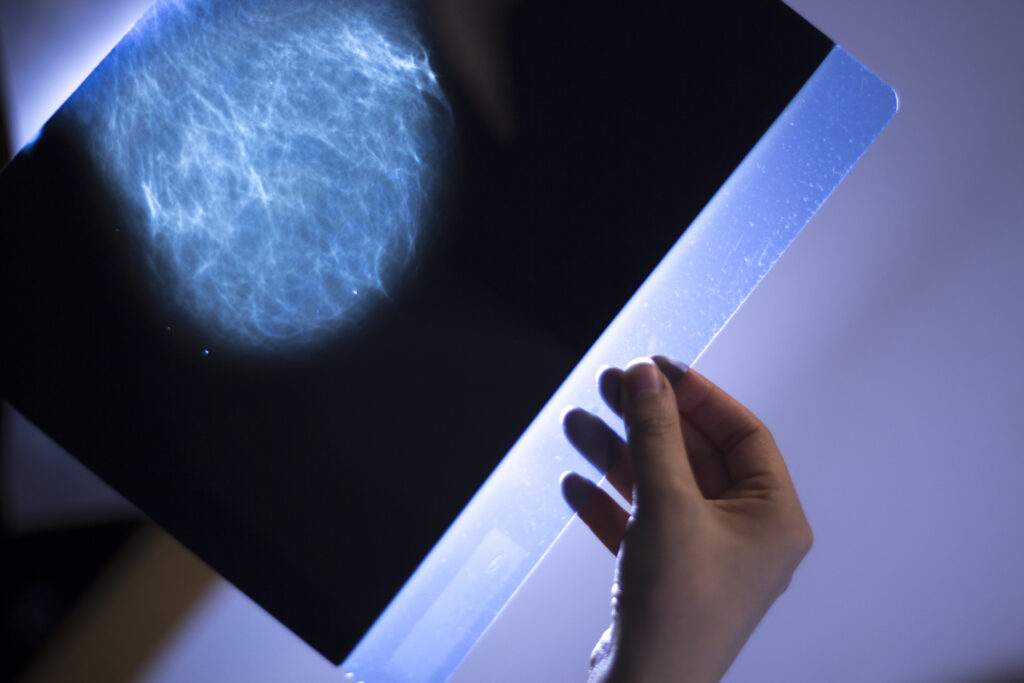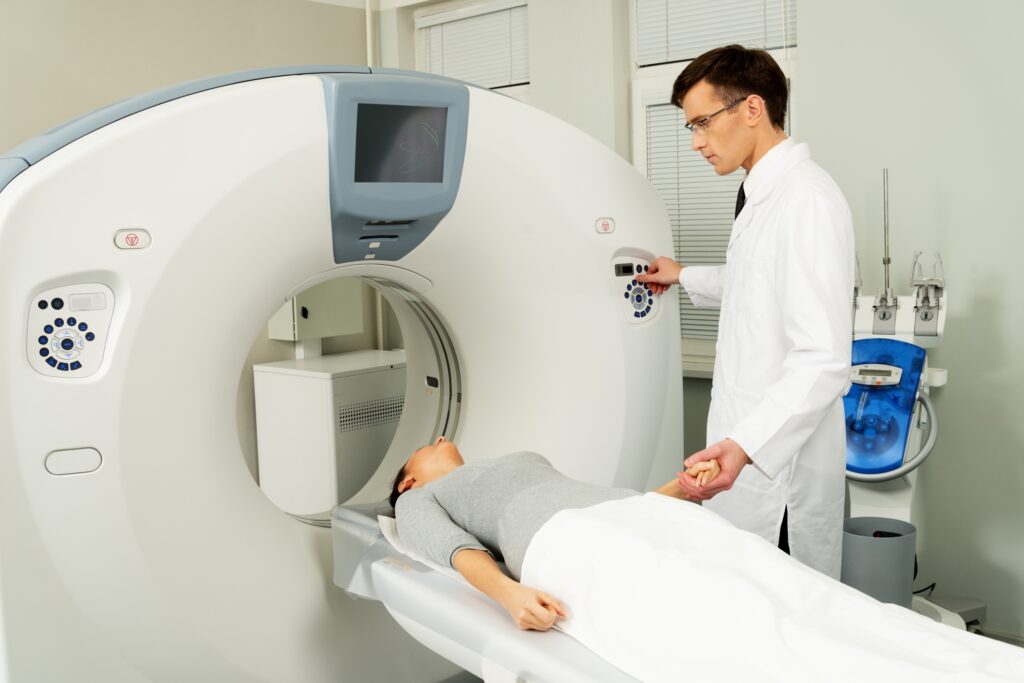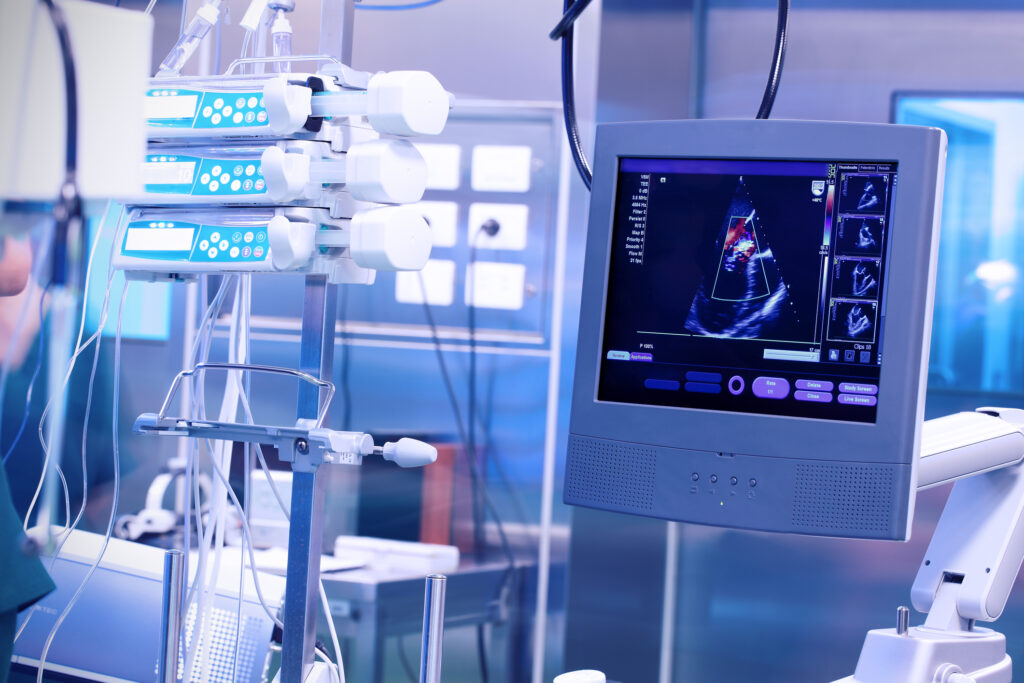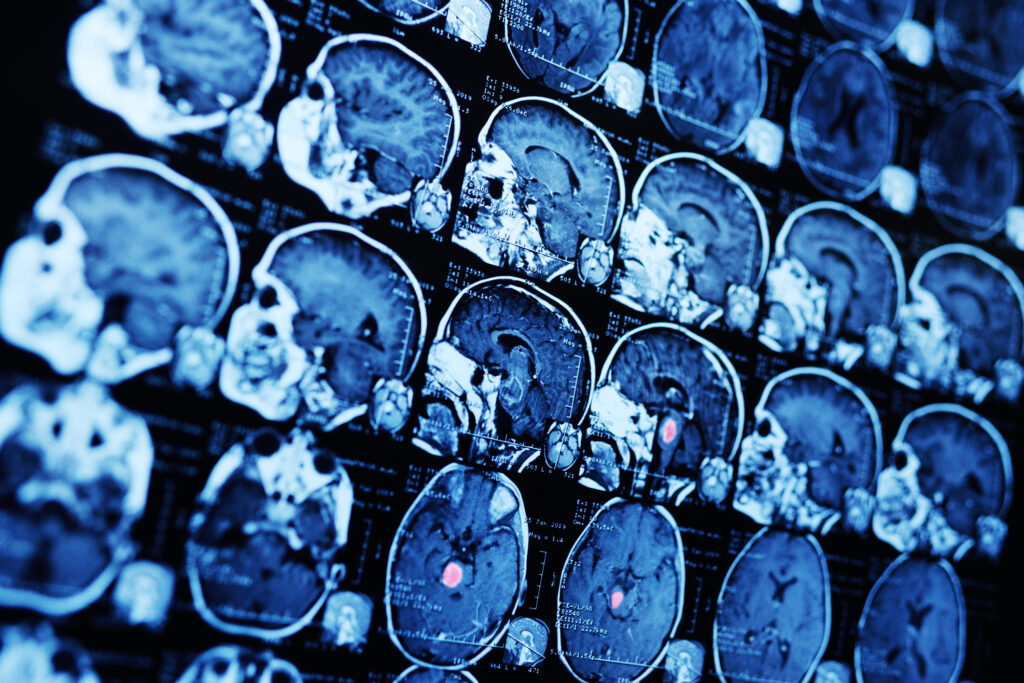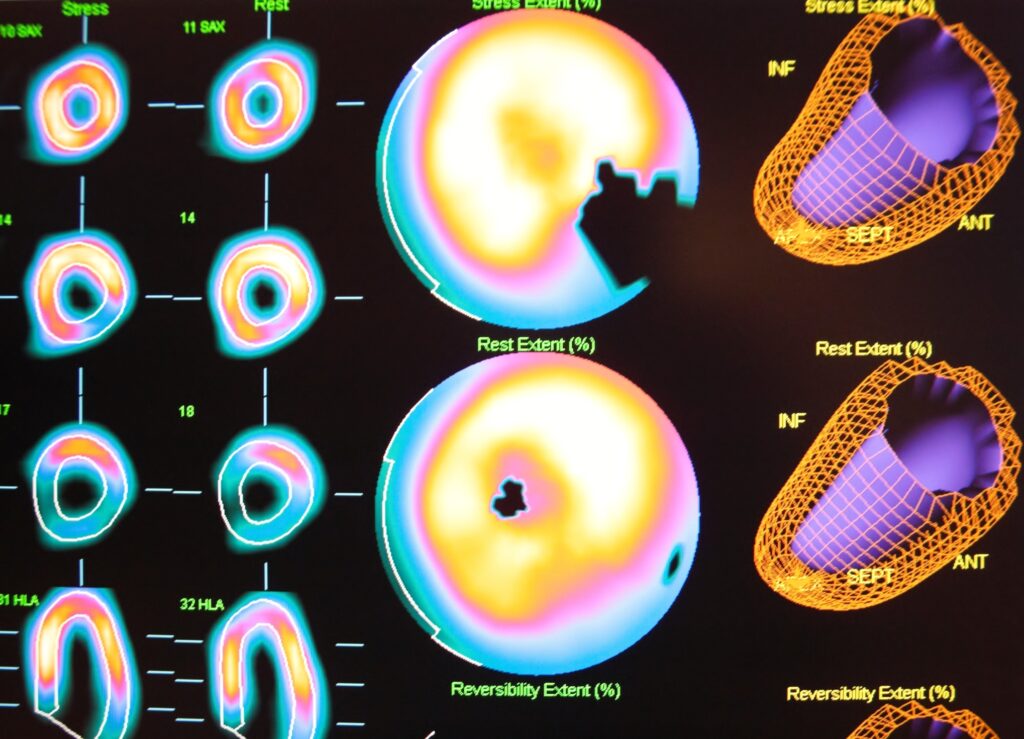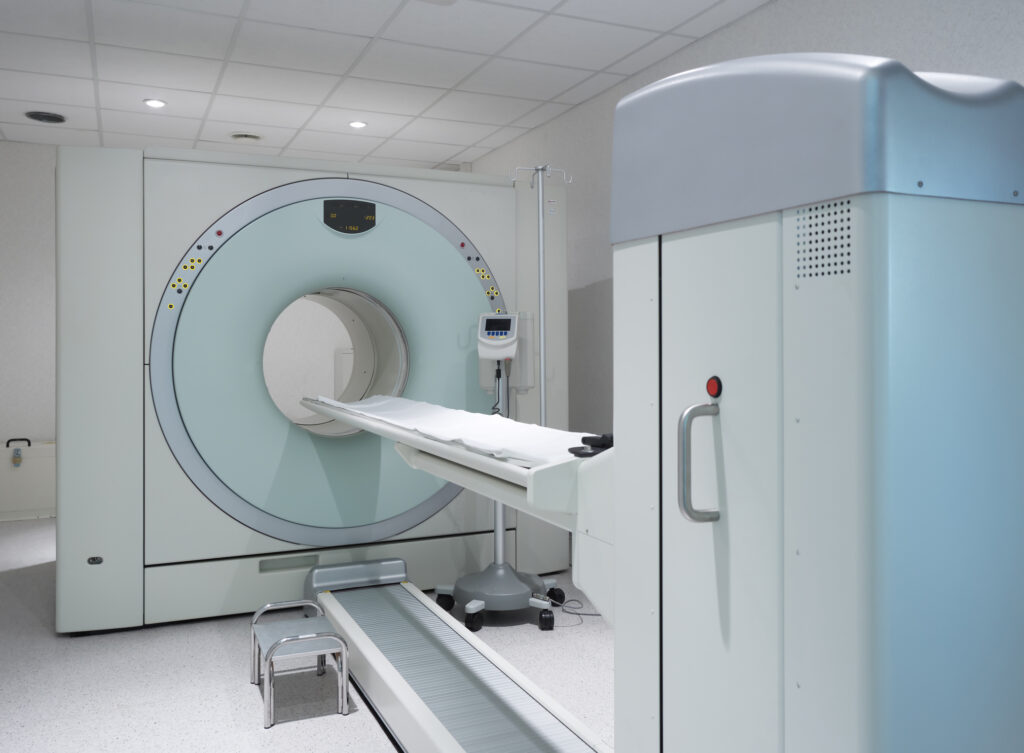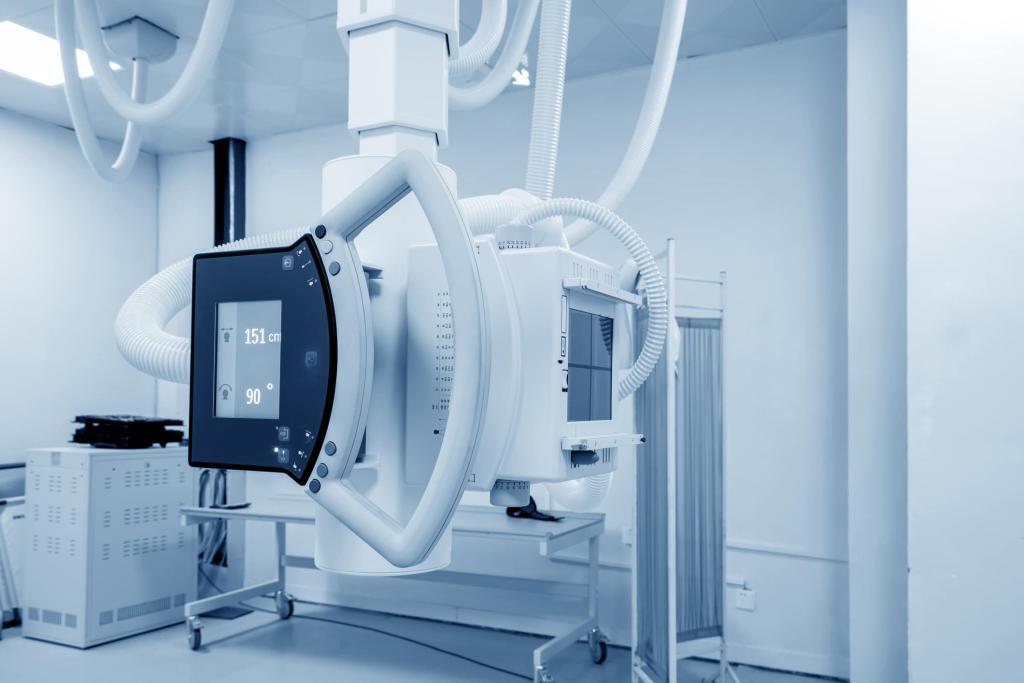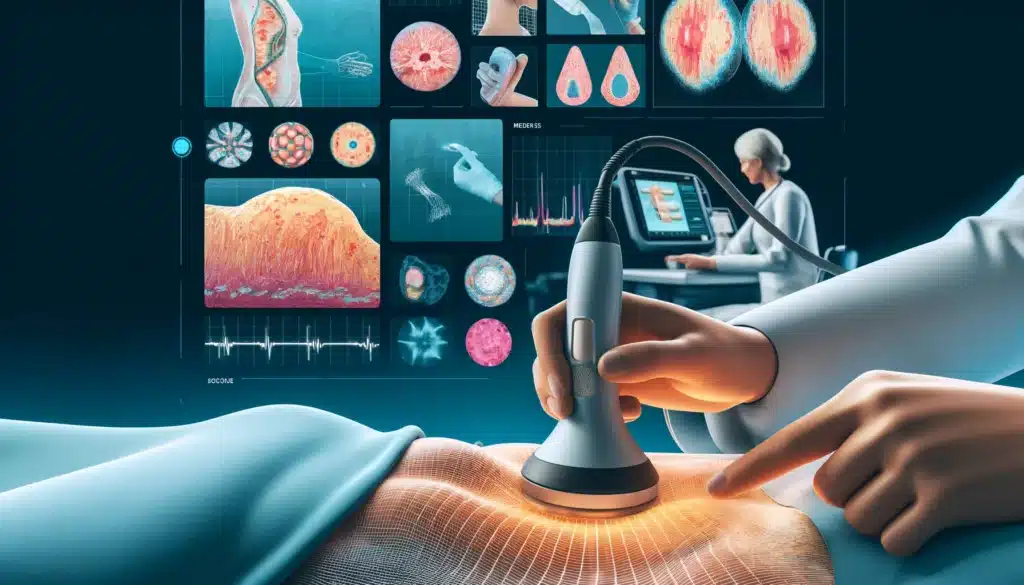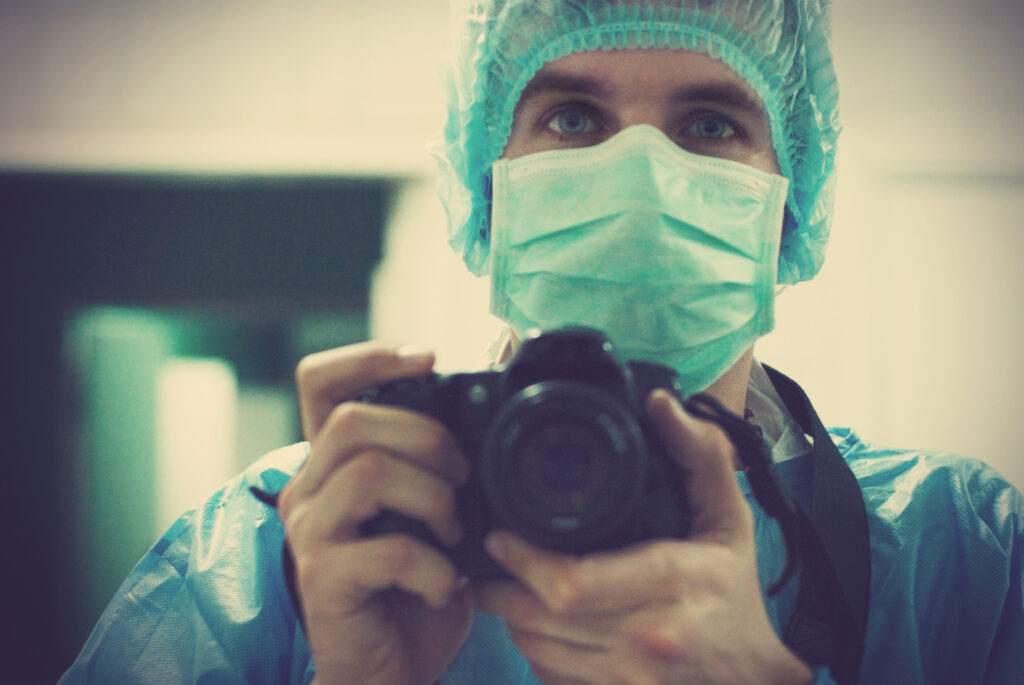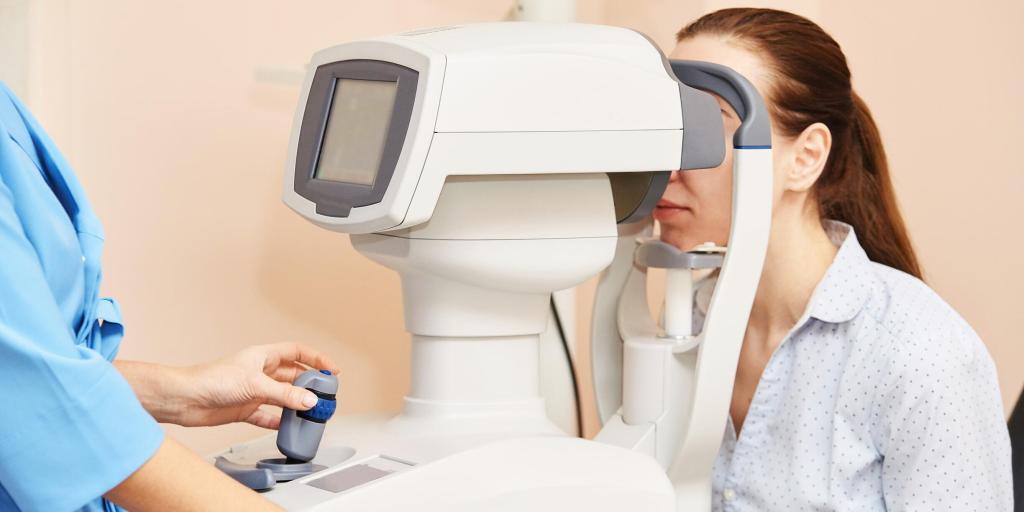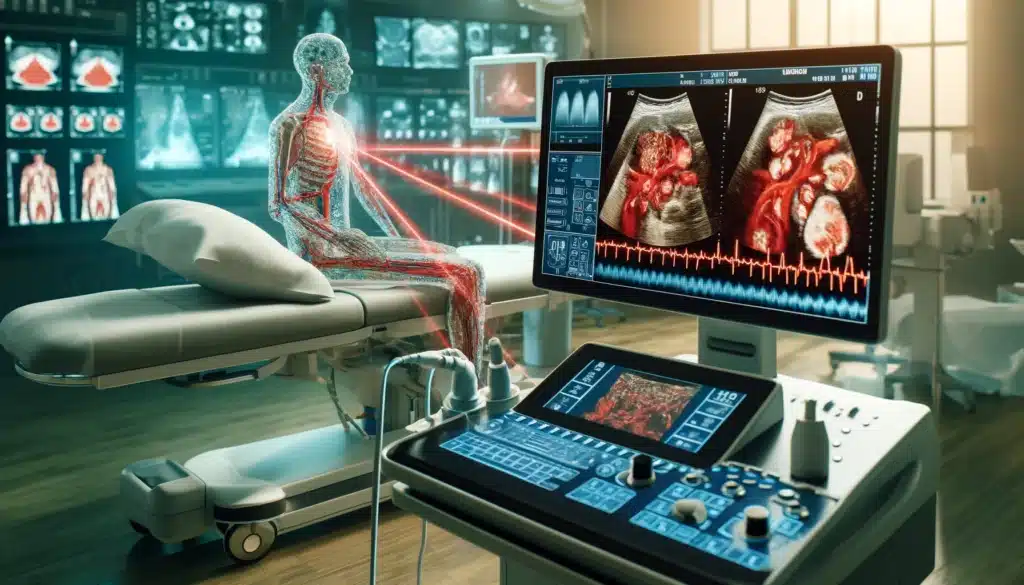Optical Tomography
Optical Coherence Tomography (OCT) is a non-invasive technique producing high-resolution cross-sectional images of tissues, widely used in ophthalmology to diagnose and monitor eye diseases via detailed retinal visualisation. Image for illustration only. Person depicted is a model.
Photoacoustic Imaging
Photoacoustic imaging combines laser-induced ultrasound and optical imaging to create detailed images of biological tissues. It provides high-resolution, real-time insights into tissue composition and vascular structures, aiding in early cancer detection and other medical diagnostics.

